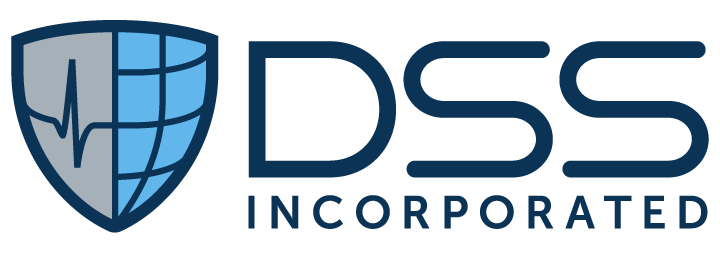Improving DoD and VA Data sharing to enhance patient safety
Consider this scenario: A soldier wounded in Operation Iraqi Freedom lost part of his arm in an explosion. He now wears a prosthetic forearm and hand, which must be maintained and refitted periodically. He requires physical and occupational therapies to learn how to use his prosthesis and he takes prescription medications to manage phantom limb pains, in addition to anxiety and depression. His medical and health history are part of the Defense Department (DoD)’s electronic health record (EHR) and include information contributed by multiple providers located in the Middle East, Europe and the US. Following care at a rehabilitation hospital, he is discharged and begins his transition from active duty to veteran status. Charts and information about his surgeries and prosthesis transfer immediately to his VA provider but orders for his therapies and prescriptions do not, and he must consequently wait weeks for his orders to be updated to resume therapies and prescriptions.
Unfortunately, transitions like these are all too common, as data sharing between the Department of Defense (DoD) and Department of Veterans Affairs (VA) remains complicated due to disparate systems, lack of common data standards and differing operational and reporting workflows. Records transferring to the VA are often sent over piecemeal and can be fragmented, incorrect or outdated. Having incomplete or inaccurate information can jeopardize timely orders for therapies, prescriptions and other necessary medication or treatment plans needed to maintain veterans’ mental and physical health, safety, and overall quality of life.
Although federal healthcare organizations are working to streamline data sharing between the DoD and VA, this process will not happen overnight. In the meantime, VA providers can proactively leverage existing tools and technologies to improve this transition, including:
Fast Healthcare Interoperability Resources (FHIR)
Open source tools like VistA
Software developed with service-oriented architecture
Cloud-based technology
Using the above solutions, VA providers can avoid gaps in care, treatment and services while new standards are being developed—mitigating breakdowns in care on the front end and enhancing patient safety and care quality for our veterans.
Have a question or comment? We’d love to hear from you. Leave us a comment here, or chat with us on Twitter (@DSSHealthIT) or LinkedIn.
